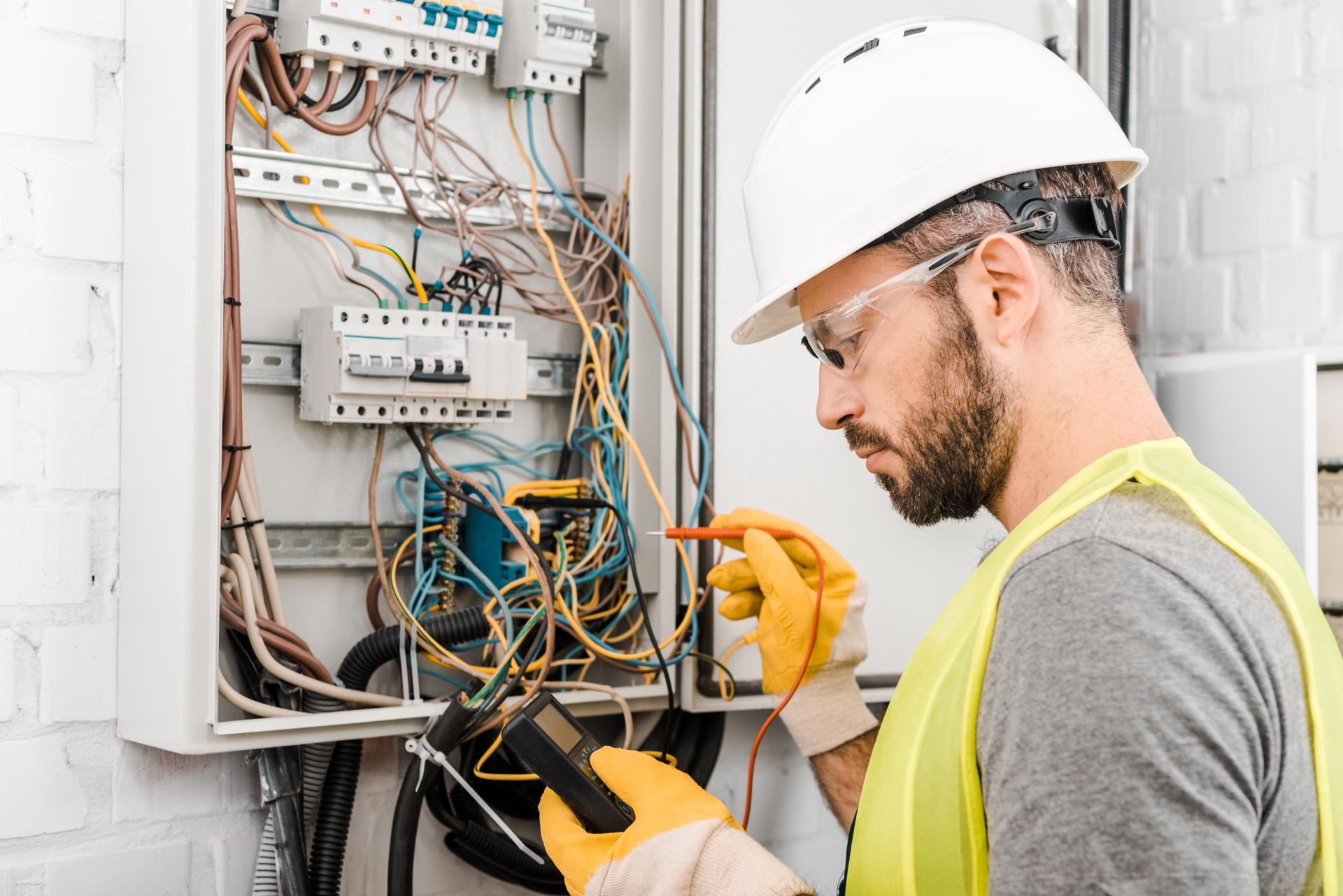Understanding the Principles of Electrical Wiring in Your Home: An Easy-to-Follow Guide

Electricity is an integral part of our lives, supplying everything from the lights in your homes, to gadgets that we use each day. But electrical systems can be complex and understanding how they operate isn’t easy. In this article we’ll go over the various components that make up an electric system, and describe how circuits function to power devices and appliances. Our residential electricians can handle any electrical jobs you need.
Components of an Electrical System
An electrical system has several important components that work to provide power throughout the home. They include:
Breaker box: the main source of electrical energy in a house in which the power is split into various circuits
Switches and outlets: the points where electricity is delivered to appliances and devices
Wiring: the electrical wires that carry electricity from the breaker box, to the outlets and switches
Electrical appliances and devices: appliances and devices that require electricity for their functions.
Electrical Circuits
The term "electrical circuit" refers to a pathway that lets electricity flow from the point of origin (the breaker box) to the appliances and devices in a home. There are two types of electrical circuits found in the home: 120-volt circuits and circuits that are 240-volts. 120-volt circuits are used for the majority of household appliances and appliances, while 240-volt circuits are used for larger appliances like air conditioners and electric dryers.
Electrical circuits work by completing the loop which allows electricity to be transferred from the source to the device or appliance. The loop is comprised of a hot wire which carries the electricity along with a neutral wire that completes the circuit as well as a ground wire , which is a path for the electricity to get to the ground in the event the fault occurs.
Understanding the electrical Wiring
Electrical wiring comes in several different types, including non-metallic sheathed cables (NM), armored cable (AC) and conduit. Each kind has its advantages and disadvantages and the selection of the type of wiring is based on the specific requirements of the installation.
Electricity travels through wiring by creating a flow of electrons through the wire. The electrons travel from the source to the device or appliance returning to the source through the neutral wire. It is crucial to make sure that the wiring is installed and maintained correctly, as faulty wiring can lead to electrical hazards such as shocks or fires.
Common Electrical Problems
Common electrical issues at home include tripping light bulbs, flickering breakers and disconnected outlets. These issues can be caused by a myriad of causes that include overloading circuits, poor connections, or faulty wiring.
If you experience one of these problems, it’s crucial to pinpoint the root cause and take steps to correct the issue. In certain instances this could mean contacting an accredited electrician to look over and fix the wiring.
Concluding as well as a Call to Action
In the end, knowing how electrical wiring operates is crucial for ensuring the safety and security of the electrical system in your home. By adhering to the guidelines laid out in this article and you will be able to remain secure and avoid potential dangers.
Should you ever have questions or concerns about your home’s electrical system Don’t hesitate to reach out to Local Electrician Ringwood. Our electricians are licensed and has the experience and knowledge to handle all your electrical requirements. Contact us by phone at 1300 933 820 to schedule a consultation.
FAQ
What are the symptoms of faulty electrical wiring?
Signs of defective electrical wiring could include tripping breakers flickering lights, and dead outlets, among others.
When should I have my electrical system at home inspected?
It’s recommended that you ensure that your electrical system is examined by an authorized electrician each 10 years.
What is the life expectancy for electrical wires?
The life span of electrical wiring is dependent on many factors, such as the kind of wiring used, the setting it’s placed in, as well as the quality of the installation. In general, most electrical wiring will last for as long as thirty years, or even more, with the proper installation and maintenance.
Do I have the ability to fix electrical issues myself or should I always hire an electrician?
While some electrical problems can be solved by homeowners, it is advised that you employ a licensed electrician for most electrical repairs. If you attempt to fix electrical issues without proper training and knowledge can be risky and can result in damage or injury in your house.
What should I do if I encounter an electrical problem in my home?
In the event of an electrical issue, the first step is to cut off the power to the area affected by turning off the breaker or the fuse. Contact an accredited electrician to examine and fix the problem as quickly as possible.
If you follow these tips, you can ensure the security and reliability of your electrical system in your home and reduce possible dangers. Keep in mind that when it comes to electrical repairs or installations, it’s always recommended to rely on the professionals. Call Local Electrician Ringwood at 1300 933 820 for all your electrical needs.
